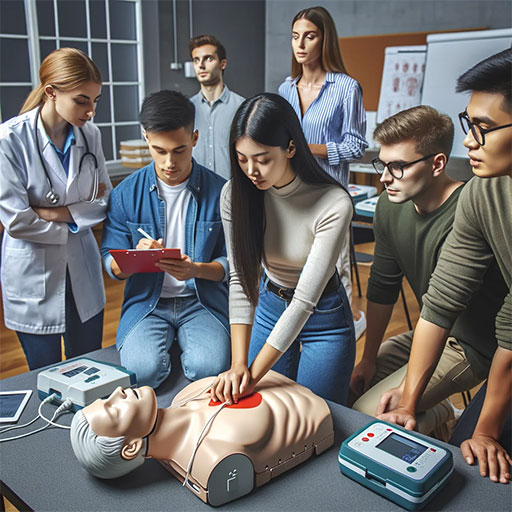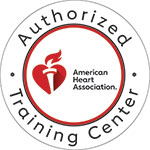Minimizing Interruptions in Compressions During CPR

Minimizing interruptions in compressions during CPR is crucial for several reasons, as it directly influences the effectiveness of resuscitation efforts and the chances of a positive outcome for the victim. Here are key reasons highlighting the importance of minimizing interruptions in compressions:
- Maintaining Perfusion Pressure:
- Continuous chest compressions help maintain blood pressure, ensuring a steady flow of blood to vital organs, especially the brain and heart.
- Interruptions in compressions can lead to less blood being delivered to vital organs and possibly damage to these organs including the heart and brain.
- Improving Success of Defibrillation:
- For victims in cardiac arrest, the prompt use of an Automated External Defibrillator (AED) is critical.
- Uninterrupted compressions increase the likelihood of a successful defibrillation shock, as the heart is more likely to respond to electrical therapy when preceded by effective chest compressions.
- Reducing the Risk of Complications:
- Interruptions in compressions may lead to a delay in achieving return of spontaneous circulation (ROSC).
- Prolonged interruptions increase the risk of complications, such as neurological damage, and decrease the overall chances of survival.
- Adhering to CPR Guidelines:
- CPR guidelines stress the importance of minimizing interruptions in chest compressions.
- Adhering to these guidelines is essential for providing the most effective and evidence-based resuscitation care.
- Team Coordination and Efficiency:
- In a team-based resuscitation effort, minimizing interruptions requires effective communication and coordination among team members.
- Efficient teamwork ensures a seamless transition between compressions, ventilations, and other necessary interventions.
Minimizing interruptions in chest compressions is a critical component of high-quality CPR. By prioritizing continuous and effective compressions, responders can optimize the likelihood of a positive outcome for individuals.




